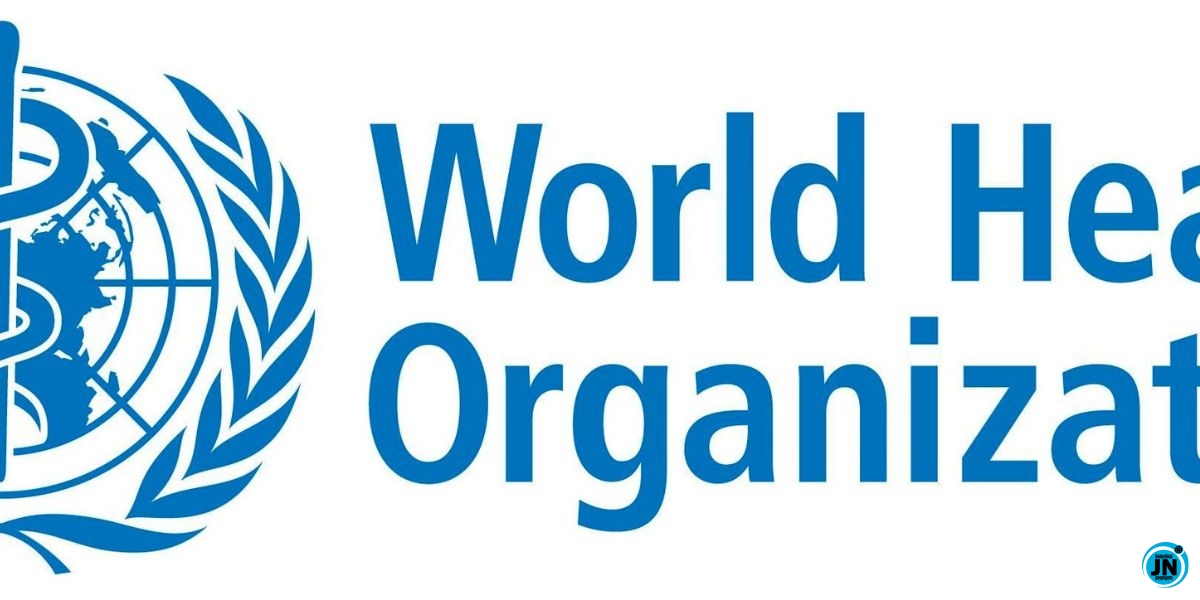
The World Health Organisation (WHO) has expressed optimism that the recently announced Gaza ceasefire could significantly boost humanitarian aid deliveries, raising the daily influx to 500–600 trucks.
This follows reports that Israel’s security cabinet has approved a ceasefire agreement with Hamas. This ceasefire is being seen as a crucial step in the efforts to alleviate the ongoing humanitarian crisis in Gaza and allow for much-needed aid to reach the region. The WHO's optimism stems from the fact that such a development could greatly increase the flow of humanitarian assistance, which has been severely limited in recent months due to the ongoing conflict.
Dr. Rik Peeperkorn, WHO representative in the Occupied Palestinian Territories, emphasized the urgent need for scaled-up aid deliveries, stating, “The target is to get between 500 and 600 trucks in per day over the coming weeks.” This represents a major increase from the current 40–50 trucks and is comparable to pre-war levels of aid entering Gaza before the conflict began on October 7, 2023. Dr. Peeperkorn explained that with this increase, the aid delivery process will be more efficient and will address the overwhelming need for essential supplies such as food, medicine, and fuel.
Speaking from Jerusalem, Dr. Peeperkorn described the ceasefire as “a sign of hope,” but warned of the enormous challenges posed by severe shortages of food, fuel, and medical supplies. He noted that despite the ceasefire, there are significant hurdles ahead, especially in ensuring that aid reaches those who need it most, as well as restoring essential infrastructure like healthcare facilities and medical supplies, which have been severely impacted by the conflict.
The WHO has announced plans to begin deliveries on Sunday, including temporary prefabricated clinics and hospitals, aimed at addressing urgent healthcare needs and expanding bed capacity. These initiatives are part of a broader plan to alleviate the health crisis in Gaza, which has been exacerbated by the ongoing conflict and the destruction of critical infrastructure. The WHO aims to provide immediate support to the local population, as well as to strengthen the region’s healthcare system in the long term.
Dire Humanitarian and Health Crisis in Gaza
The conflict has left Gaza in catastrophic conditions. Over 46,000 people have been killed, and more than 110,000 have been injured since October 2023, with many suffering life-altering injuries. Chronic shortages of basic necessities like food, water, and fuel, along with an overwhelmed healthcare system, have exacerbated the crisis. The situation in Gaza is rapidly deteriorating, and international efforts to provide support have become increasingly urgent as the needs of the population continue to grow. The health system in Gaza is overwhelmed, with medical personnel working under difficult and dangerous conditions to care for the wounded and sick.
Dr. Peeperkorn highlighted the severity of the health emergency, emphasizing the following key points:[/p> Between November and December 2024, only 29 of 1,200 evacuation requests were approved, representing a meager 2.4% approval rate. This low approval rate highlights the difficulties in accessing medical care and the dire need for urgent intervention. Gaza’s healthcare system is in shambles, with only half of its 36 hospitals currently operational. The WHO reported 664 attacks on healthcare infrastructure since October, resulting in civilian and medical personnel casualties and widespread destruction of facilities. These attacks have significantly hindered efforts to provide healthcare services to those in need, further compounding the crisis. The situation is dire, and unless immediate action is taken, the healthcare system could collapse entirely. The WHO aims to roll out a comprehensive 60-day emergency health response plan once the ceasefire takes effect. The plan focuses on immediate needs while also laying the groundwork for longer-term recovery efforts. Key initiatives include:[/p> The restoration of Gaza’s healthcare system will require more than $10 billion, according to WHO estimates. International cooperation and substantial financial support will be critical to avoid further loss of life and to stabilize the region’s health infrastructure. The WHO has urged governments and international organizations to step up their support for Gaza’s recovery and contribute to the restoration of the region’s healthcare capabilities. In addition to healthcare, there is a pressing need for food, clean water, shelter, and medical equipment, all of which are in critically short supply. Aid agencies are operating under challenging and dangerous conditions, but they remain hopeful that the ceasefire will provide a lifeline to Gaza’s besieged population. As the conflict has destroyed much of Gaza’s infrastructure, the rebuilding efforts will require significant resources and international support. The people of Gaza continue to endure unimaginable suffering, and swift action is necessary to prevent further loss of life. The WHO and other humanitarian organizations are urging the international community to act swiftly to support Gaza’s recovery and prevent the total collapse of its healthcare and humanitarian systems. The international community must respond urgently to address the dire needs of Gaza’s people, as time is running out to prevent a humanitarian catastrophe of even greater proportions.
More than 12,000 patients, including a third who are children, are awaiting evacuation for specialized care. These patients require urgent medical treatment that cannot be provided locally due to the destruction of healthcare infrastructure.
WHO’s 60-Day Emergency Health Plan
Scaling up malnutrition treatment and disease surveillance to prevent the spread of diseases and provide nourishment to those suffering from hunger and malnutrition.
Delivering medical supplies to previously inaccessible areas, ensuring that all parts of Gaza receive the aid they require.
Broader Humanitarian Needs

